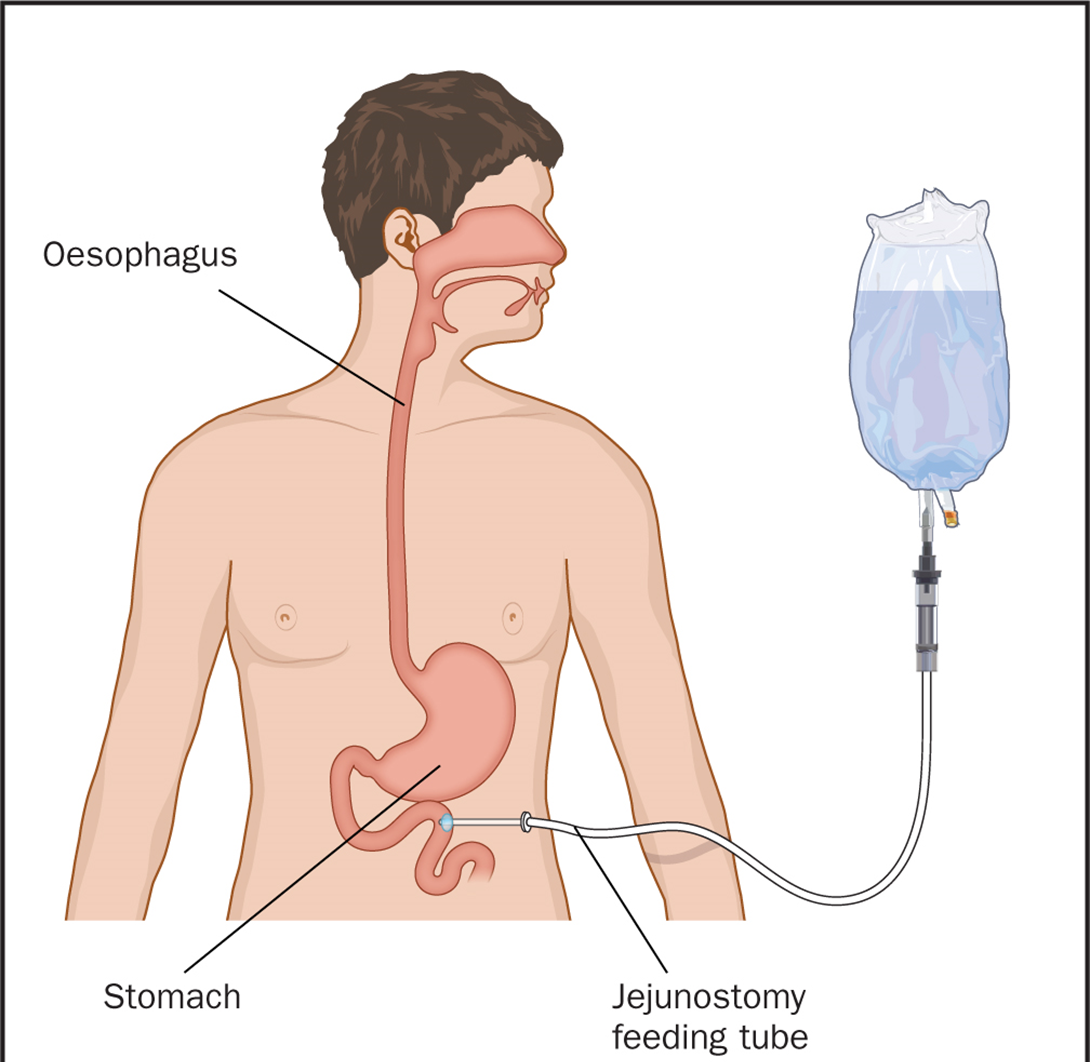A nurse is providing discharge teaching for a client who has iron deficiency anemia. Which of the following information should the nurse include?
Drinking orange juice with iron supplements can decrease absorption.
Cooking in a stainless steel skillet increases the amount of iron in the food.
Drinking iced tea with meals can increase the amount of iron absorbed.
Fish and poultry are primary sources of heme iron.
The Correct Answer is D
Choice A reason: Drinking orange juice with iron supplements can increase absorption, not decrease it. Orange juice is rich in vitamin C, which enhances the absorption of non-heme iron, the type of iron found in plant foods and supplements. The nurse should advise the client to take iron supplements with a source of vitamin C, such as orange juice, strawberries, or tomatoes.
Choice B reason: Cooking in a stainless steel skillet does not increase the amount of iron in the food. Stainless steel is not a good conductor of iron and does not leach iron into the food. The nurse should suggest the client to use a cast iron skillet instead, which can add iron to the food, especially acidic foods like tomatoes or citrus fruits.
Choice C reason: Drinking iced tea with meals can decrease the amount of iron absorbed, not increase it. Iced tea contains tannins, which are compounds that bind to iron and inhibit its absorption. The nurse should recommend the client to avoid drinking tea, coffee, or other beverages that contain tannins with meals, and to drink them between meals instead.
Choice D reason: Fish and poultry are primary sources of heme iron, which is the type of iron found in animal foods and is more easily absorbed by the body. The nurse should encourage the client to eat more foods that are high in heme iron, such as fish, poultry, meat, and eggs.
Nursing Test Bank
Naxlex Comprehensive Predictor Exams
Related Questions
Correct Answer is B
Explanation
Choice D reason:A metallic taste in the mouth is not a recognized symptom of hyperglycemia. It may occur in other conditions, such as certain medication side effects, infections, or metabolic disorders, but it is not specific to diabetes or high blood glucose levels. Including this as a sign of hyperglycemia could lead to confusion or misinterpretation of symptoms.
Choice A reason: Anxiety is not a specific symptom of hyperglycemia, although it can be associated with stress or other psychological factors that can affect blood sugar levels. Anxiety can also be a symptom of hypoglycemia, or low blood sugar, which requires immediate treatment.
Choice B reason: Hyperventilation, characterized by deep and rapid breathing, is a critical manifestation of severe hyperglycemia, particularly in cases ofdiabetic ketoacidosis (DKA). When blood glucose levels are extremely high, the body may produce ketones, leading to metabolic acidosis. To compensate, the client may developKussmaul respirations, a type of hyperventilation aimed at expelling excess carbon dioxide. This is a medical emergency and requires immediate intervention. Teaching the client to recognize hyperventilation as a sign of severe hyperglycemia is essential for timely treatment and prevention of complications.
Choice C reason: Cool skin is not a symptom of hyperglycemia, but rather a sign of poor circulation, which can be a complication of diabetes. Diabetes can damage the blood vessels and nerves that supply blood and oxygen to the skin, especially in the feet and legs. This can lead to skin problems, infections, and ulcers.
Correct Answer is D
Explanation
Choice A reason: Abdominal distention is a possible complication of enteral nutrition, as it may indicate gas accumulation, constipation, or intolerance to the formula. However, it is not the greatest risk to the client, as it can be prevented or managed by adjusting the formula, rate, or volume of the feeding, or by administering medications or enemas.
Choice B reason: Fluid overload is a possible complication of enteral nutrition, as it may indicate excessive fluid intake, renal impairment, or heart failure. However, it is not the greatest risk to the client, as it can be prevented or managed by monitoring the fluid balance, electrolytes, and vital signs, or by administering diuretics or fluid restriction.
Choice C reason: Glycosuria is a possible complication of enteral nutrition, as it may indicate hyperglycemia, diabetes, or infection. However, it is not the greatest risk to the client, as it can be prevented or managed by monitoring the blood glucose, urine output, and signs of infection, or by administering insulin or antibiotics.
Choice D reason: Tube obstruction is the greatest risk to the client, as it may indicate clogging, kinking, or twisting of the tube, which can impair the delivery of the nutrition and medication, and cause aspiration, infection, or perforation. Tube obstruction can be prevented by flushing the tube with water before and after each feeding or medication, and by using a syringe or a pump to administer the formula. Tube obstruction can be managed by using warm water, carbonated beverages, or pancreatic enzymes to unclog the tube, or by replacing the tube if necessary.

Whether you are a student looking to ace your exams or a practicing nurse seeking to enhance your expertise , our nursing education contents will empower you with the confidence and competence to make a difference in the lives of patients and become a respected leader in the healthcare field.
Visit Naxlex, invest in your future and unlock endless possibilities with our unparalleled nursing education contents today
Report Wrong Answer on the Current Question
Do you disagree with the answer? If yes, what is your expected answer? Explain.
Kindly be descriptive with the issue you are facing.
